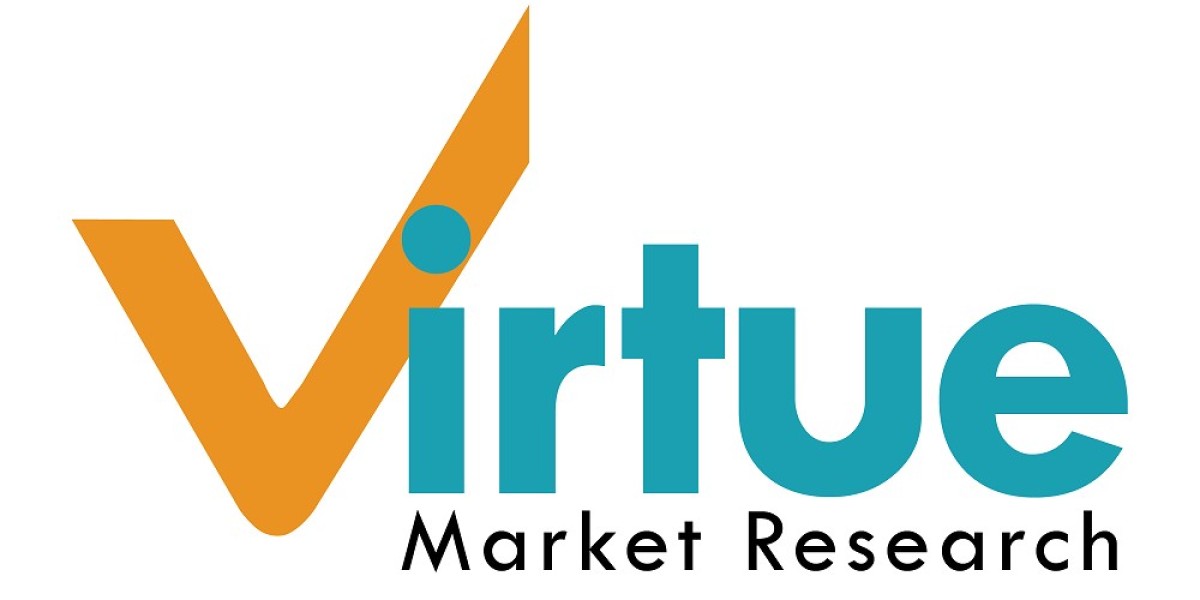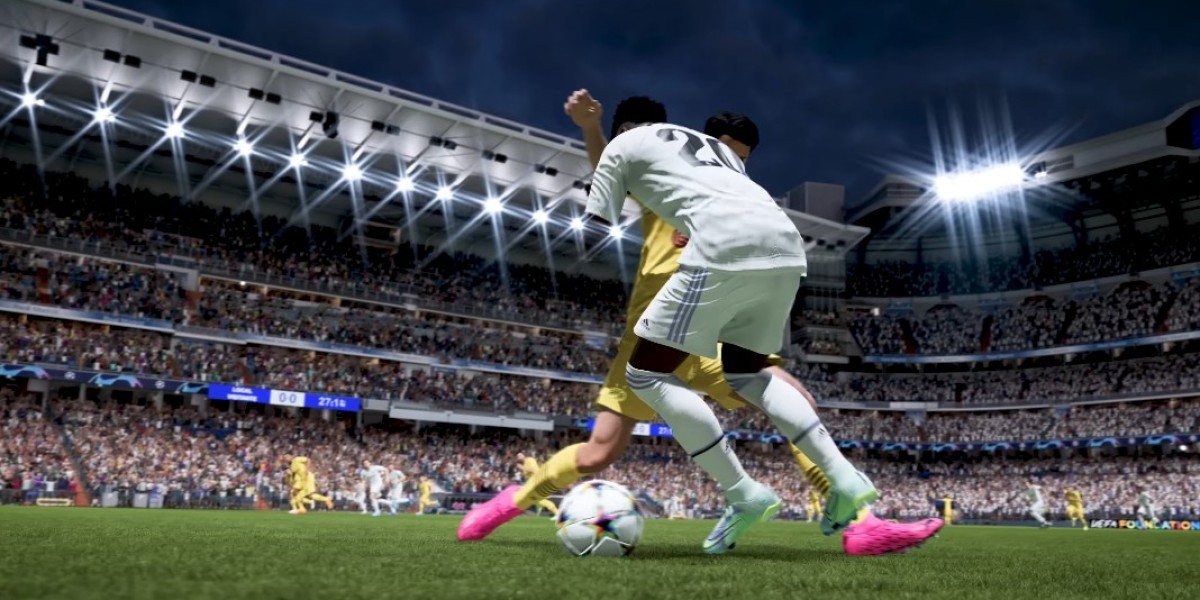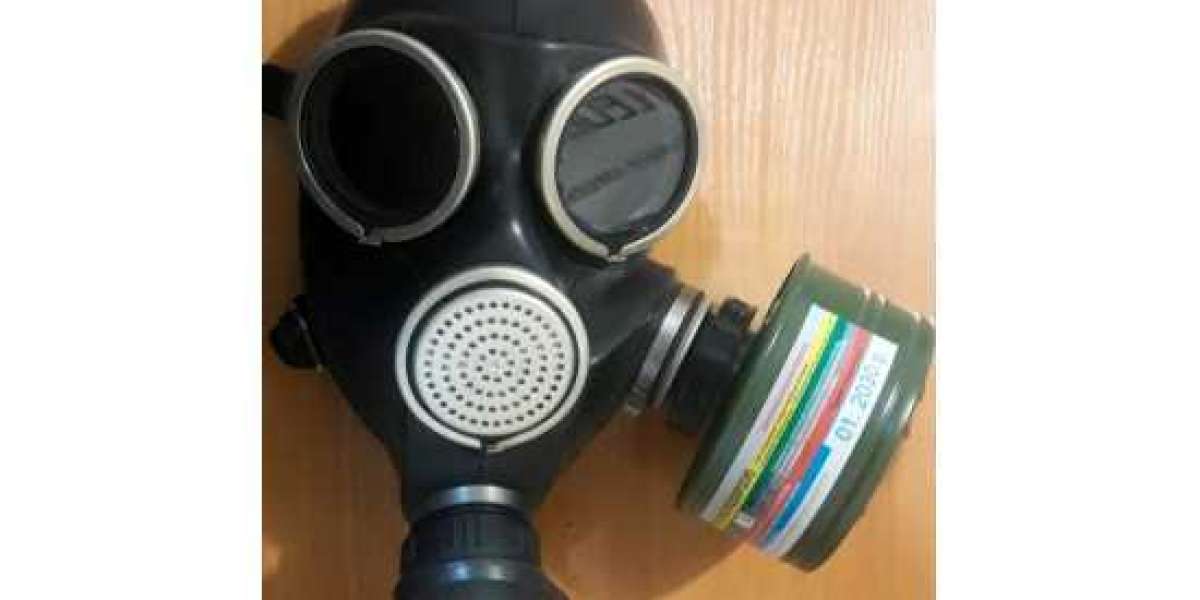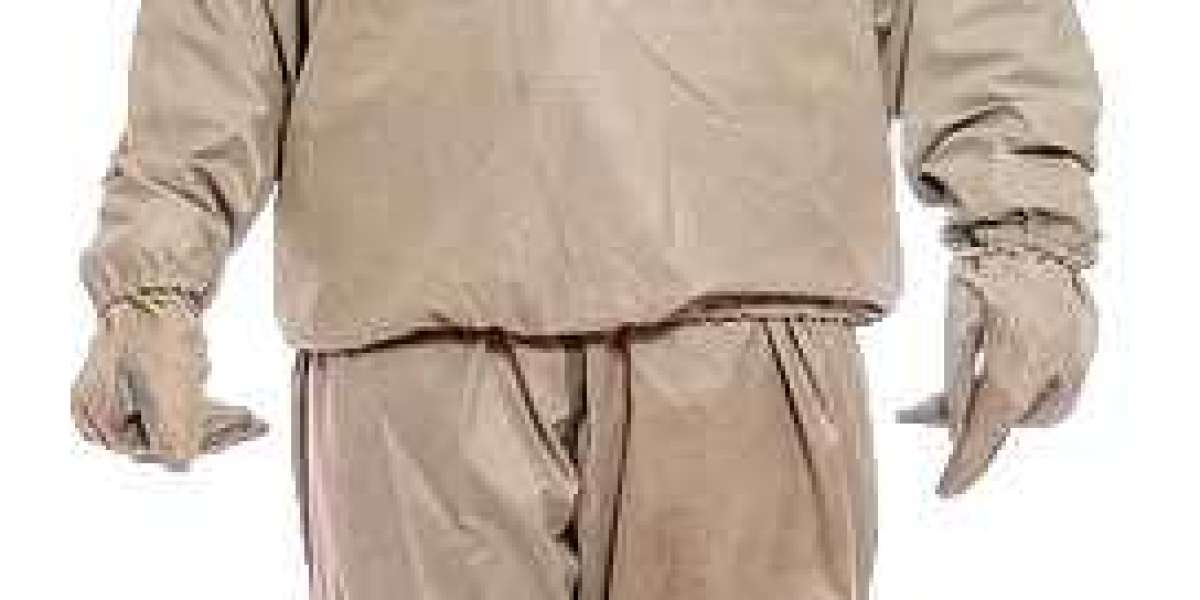In 2022, the global market for Deep Brain Stimulation (DBS) Devices dedicated to managing dystonia, a neurological disorder, reached a valuation of $1.6 billion. Projections indicate that this market is set to expand substantially, with an anticipated size of $2.69 billion by 2030, reflecting a steady Compound Annual Growth Rate (CAGR) of 6.7% during the forecast period from 2023 to 2030.
Get Free Sample Report:https://virtuemarketresearch.com/report/dystonia-dbs-devices-market/request-sample
Dystonia, characterized by involuntary muscle contractions leading to abnormal postures and repetitive movements, is the focal point of the Dystonia DBS Devices market. This sector revolves around sophisticated medical devices designed to mitigate dystonia symptoms through deep brain stimulation. These devices incorporate surgically implanted electrodes that deliver controlled electrical impulses to specific brain regions, effectively modulating the abnormal neural activity responsible for dystonia. Consequently, the market holds promise for enhancing the quality of life for individuals afflicted by this debilitating disorder.
A significant driver of long-term growth in the Dystonia DBS Devices market is the increasing awareness and understanding of neurological disorders. As both medical knowledge and public awareness continue to expand, the demand for advanced treatments such as DBS devices is on the rise. The COVID-19 pandemic has had a substantial impact on this market, with the temporary suspension of non-essential medical procedures, including DBS device implantations, leading to treatment delays. However, the pandemic has also underscored the importance of telemedicine and remote patient monitoring, fostering the development of innovative solutions for dystonia management.
In the short term, technological advancements are steering the Dystonia DBS Devices market. Evolving technology is driving the sophistication of devices, resulting in improved precision, efficiency, and patient outcomes. Manufacturers are dedicating efforts to enhance electrode placement accuracy, reduce potential side effects, and increase treatment parameter customization. These advancements are not only appealing to healthcare professionals but are also instilling confidence in patients seeking effective dystonia management solutions.
A promising opportunity within the market is personalized treatment approaches. Every dystonia patient's experience is unique, necessitating tailored solutions. The trend toward personalized medicine is gaining momentum, with manufacturers striving to develop DBS devices that can be fine-tuned to individual patient needs. Customized treatment parameters and real-time adjustments have the potential to optimize treatment outcomes, catering to the diverse spectrum of dystonia cases.
Another observed trend in the Dystonia DBS Devices industry is a shift toward minimally invasive procedures. While traditional DBS surgeries involve significant incisions and invasiveness, there is a growing interest in exploring minimally invasive techniques. These procedures aim to reduce surgical risks, recovery times, and patient discomfort, aligning with the broader medical trend of embracing less invasive approaches and offering more accessible and patient-friendly dystonia treatment options.
Segmentation Analysis:
The Global Dystonia DBS Devices Market is categorized by product type, including Single-channel Deep Brain Stimulators and Dual-channel Deep Brain Stimulators. Within this realm, the Dual-channel deep brain stimulator product type stands out as a dominant force. Its capacity to simultaneously target multiple neural regions with precision has garnered significant attention within the medical community. The ability to customize treatment parameters and effectively manage dystonia symptoms has contributed to its dominant market position.
Among the two product types, the Single-channel deep brain stimulator segment is experiencing the fastest growth. This growth can be attributed to various factors, including technological advancements, increased research and development efforts, and the potential to provide targeted treatment for specific dystonia cases. The single-channel stimulator's ability to cater to focused treatment needs and its compatibility with evolving medical practices contribute to its remarkable growth trajectory.
Regional Analysis:
North America: North America holds the largest share in the dystonia DBS devices market, accounting for over 40% of the global market share in 2023. This region boasts a high prevalence of dystonia, particularly in the United States, where approximately 250,000 individuals are affected. Additionally, North America possesses a well-established healthcare infrastructure, favorable reimbursement policies, and high awareness among both patients and physicians regarding the benefits of DBS devices. Key players in the market, such as Medtronic, Boston Scientific, Abbott, and NeuroPace, have a strong presence in the region.
Europe: Europe is the second-largest region in the dystonia DBS devices market, capturing approximately 30% of the global market share in 2023. Europe exhibits a high prevalence of dystonia, with around 500,000 affected individuals. The region boasts a well-developed healthcare system, supportive regulatory frameworks, and substantial research and development activities in neurology. The demand for DBS devices is high due to their proven effectiveness in symptom reduction and improved quality of life for dystonia patients.
Asia-Pacific: Asia-Pacific is the fastest-growing region in the dystonia DBS devices market, with a projected CAGR of 8.9% from 2023 to 2030. The region is characterized by a large population base, with over 4 billion people residing in countries such as China, India, Japan, and Australia. There is a rising incidence of dystonia in China and India, where approximately 1.5 million and 1 million people are estimated to suffer from the disorder, respectively. The demand for minimally invasive surgical procedures like DBS devices is increasing due to improved safety and efficacy. Furthermore, the region experiences growing healthcare expenditure, rising disposable income, and increasing adoption of advanced medical technologies.
Latin America: Latin America is a developing region in the dystonia DBS devices market, exhibiting moderate growth from 2023 to 2030. The region has a relatively low prevalence of dystonia, affecting approximately 100,000 individuals. Nevertheless, awareness of the disorder and its treatment options is on the rise among patients and physicians. Latin America also sees a growing healthcare expenditure, an expanding middle-class population, and increasing market penetration by key players.
Middle East: The Middle East is an emerging region in the dystonia DBS devices market, experiencing steady growth from 2023 to 2030. Although the region has a lower prevalence of dystonia, approximately 50,000 individuals are affected. The Middle East is witnessing a growing demand for DBS devices due to their potential to improve motor function and reduce medication dependency for dystonia patients. Additionally, the region is developing its healthcare infrastructure, experiencing growth in medical tourism, and attracting international players in the market.
Africa: Africa represents the smallest region in the dystonia DBS devices market, accounting for less than 5% of the global market share in 2023. The region has a very low prevalence of dystonia, affecting approximately 10,000 individuals. Challenges in the region include poor healthcare infrastructure, limited awareness and access to DBS devices among patients and physicians, low disposable income, a high poverty rate, and an unstable political and economic situation.
Read More:https://virtuemarketresearch.com/report/dystonia-dbs-devices-market
Latest Industry Developments:
- Companies in the dystonia DBS devices market are introducing innovative devices capable of sensing and adapting to patients' brain signals with dystonia, providing more effective stimulation. For example, in 2023, Medtronic launched a device with these capabilities.
- Collaboration among companies in the dystonia DBS devices market is on the rise, with a focus on sharing knowledge and expertise to enhance their influence in the market. For instance, Boston Scientific partnered with Brainlab to integrate their DBS devices with Brainlab's software and systems.
- Companies in the dystonia DBS devices market are expanding their operations to various regions, establishing additional storage
About Us:
Virtue Market Researchstands at the forefront of strategic analysis, empowering businesses to navigate complex market landscapes with precision and confidence. Specializing in both syndicated and bespoke consulting services, we offer in-depth insights into the ever-evolving interplay between global demand and supply dynamics. Leveraging our expertise, businesses can identify emerging opportunities, discern critical trends, and make decisions that pave the way for future success.








